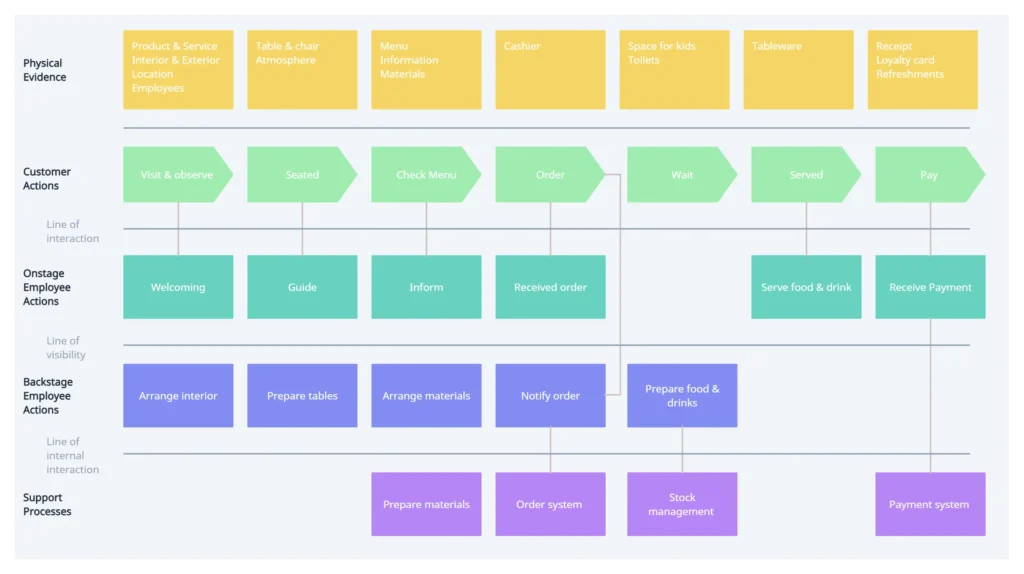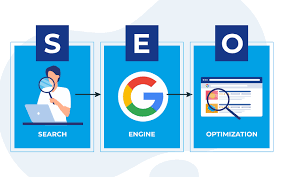Remember a scenario where one plans to construct a house but doesn’t prepare a map or a plan to follow in the construction. It helps a lot to organize your approach before starting since otherwise, you may run into a lot of problems and get seized by frustration quite quickly. This is also true for the website development service. A website blueprint helps a designer or a team of designers navigate the complicated process of designing an effective and user-friendly website. Firstly, at Web Solve Tech, a full-service digital marketing agency that specializes in website design and development in addition to Mobile Application Development, it is widely appreciated that having a sound website blueprint is essential. So, let’s discuss the stages that should be taken in order the blueprint of the website be built successfully and with no hurdles of any kind.
What is a Website Blueprint?

A website blueprint is a detailed plan of the conceptual layout of your website, which encompasses the arrangement of its content and the possible capabilities of its features. It is like the framework that holds your website together and is visible to the web-crawlers but not the visitors. undefined
- Clarity and Focus: It also helps everyone in the website development team – ranging from the designers, developers, content writers, and the marketing department – to be in agreement on one set of principles.
- Improved User Experience (UX): By structuring the proposed user flow and content placement, you build a coherent structure of the website’s layout which will coherent with the target’s audience expectations.
- Enhanced SEO: A well-structured website with clear hierarchy is more easily crawled and indexed by search engines, boosting your organic search ranking.
- Reduced Development Costs: Having a clear plan upfront avoids costly revisions and ensures the development process stays on track.
Building Your Website Blueprint: A Step-by-Step Guide

Now that you understand the importance of a website blueprint, let’s delve into the steps involved in creating one:
- Define Your Website Goals

Conceptually the first step in any website planning project is to define the goals of the site. So, what do you expect a visitor to gain while using your site? What is it that you need the viewer to do: buy, subscribe to your newsletter, get more information about your services, etc.? Setting goals is important because it will define the various steps that need to be done ranging from the creation of content and designing of the site.
- Identify Your Target Audience

Looking at your website, one wonders who you are targeting to reach? Demographic characteristics, expectations, and web experience of the target audience should be taken into consideration to properly design a website.
- Analyze Your Competition

It will also be useful to spend some time searching your competitors’ websites. What is they doing right? Is it possible for you to add some value to their propositions somehow? Some tips to designing your blueprint for your website lies in analyzing your competition.
- Plan Your Website Structure (Sitemap)

Sitemap is an index that describes the whole picture of a website and how it looks from a bird’s eye view distinguishing the relations between pages. It is instrumental in helping you understand and design a rational and navigational flow that is easy to use. Opt for primary web pages such as the Homepage, About Us, the Services page, and so on, then establish secondary web pages for different categories.
- Develop Your Content Strategy

The major principle of the digital environment is that content is king. Determine the kind of content you will be producing for your website; this may include; blog articles, product information, or success stories. Make sure the content provided corresponds to the profile of your viewers and meets the site’s objectives.
- Prioritize Functionality

The following is a list of components that most webmasters should consider when planning their website: Do you require a contact form, an online store, and a booking system? Organize these features according to the extent of their necessity to meet your website objectives.
- Craft a Wireframe

A wireframe is a kind of sketch of your website with minimum details about the page layout. LU2 addresses content and functionality layout, not appearance. Wireframing allows you to design the interactions of a user and the ease with which a user can navigate your site.
- Consider Search Engine Optimization (SEO)

One must always remember about SEO even if the site is designed with a focus on content. Use target keywords in the textual and multimedia content, update title tags, and meta descriptions, and make sure your website is responsive.
- Plan for Ongoing Maintenance

Your website is an ever-evolving thing that will require more content to be added on a semi-regular basis. It is also necessary to build a plan for the routine maintenance work which includes such processes as content updates, security check, and monitoring of the performance.
Conclusion
It is important to spend time and effort in developing a solid website map for the basis of an effective website to be used in the internet. Your blueprint acts as a guide of sorts to direct the construction of websites, organization and format of content and where changes are to be made in the future.

